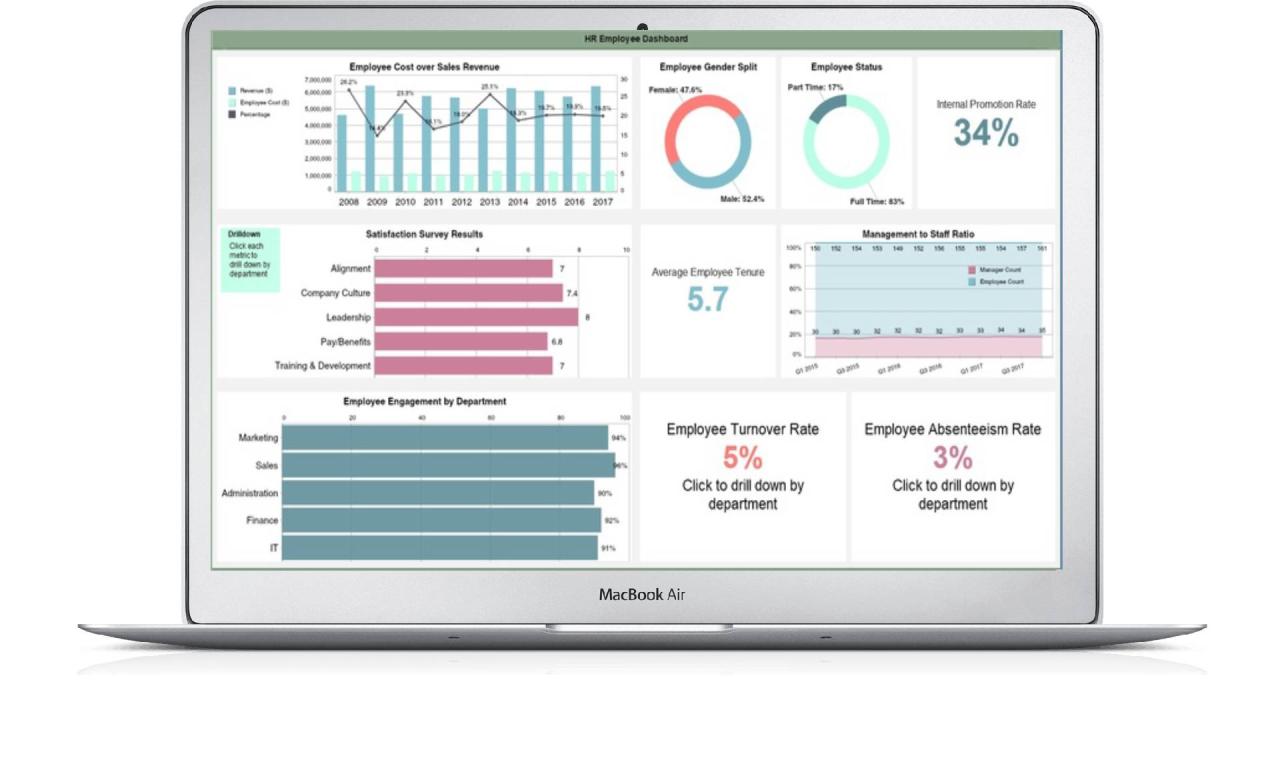Software ERP online is transforming the way businesses manage their operations by leveraging the power of cloud technology. With numerous advantages including enhanced accessibility, real-time collaboration, and cost savings, organizations of all sizes are increasingly adopting these solutions to streamline their processes. This overview delves into the myriad benefits, features, and implementation strategies associated with online ERP systems, highlighting how they can lead to improved efficiency and productivity within businesses.
In today’s fast-paced environment, the need for effective resource planning and management solutions has never been more critical. Cloud-based ERP software not only facilitates seamless communication and data sharing among teams but also offers flexibility and scalability to meet the evolving needs of businesses. As we explore the features and challenges of implementing software ERP online, we will uncover the essential insights that can guide companies in their digital transformation journey.
Benefits of Software ERP Online
The adoption of online ERP software offers numerous advantages for businesses seeking to streamline operations and enhance productivity. As companies face increasing demands for efficiency and adaptability, cloud-based ERP solutions provide the tools necessary to navigate a complex business landscape effectively.One of the prominent benefits of online ERP software is its ability to improve accessibility and collaboration among team members.
By leveraging cloud technology, employees can access the system from anywhere with an internet connection, enabling them to work remotely and stay connected in real time. This facilitates better communication and collaboration, allowing teams to share information and make decisions more effectively.
The dolibarr crm platform is an excellent choice for businesses looking to enhance their customer interactions. By utilizing this software, organizations can maintain detailed records of client communications and preferences. Furthermore, integrating it with a comprehensive tms erp solution can amplify your operational capabilities, enabling a seamless flow of information across departments and improving overall productivity.
Cost-Effectiveness of Implementing Online ERP Systems
Implementing online ERP systems can lead to significant cost savings for businesses. The following points illustrate how these systems can reduce expenses and enhance financial performance:
- Lower Initial Investment: Unlike traditional ERP systems that require substantial upfront expenditures for hardware and software installation, cloud-based solutions typically operate on a subscription model, minimizing initial costs.
- Reduced IT Maintenance Costs: Online ERP systems require less in-house IT support since the service provider manages the software updates, maintenance, and security, allowing businesses to allocate resources more efficiently.
- Scalability: Cloud-based ERP solutions allow businesses to scale their operations easily without incurring significant additional costs. Companies can adjust their subscription plans based on their current needs and growth.
- Enhanced Operational Efficiency: By automating processes and providing real-time data insights, online ERP systems enable companies to optimize workflows, thereby reducing operational costs associated with inefficiencies.
“The true value of ERP systems lies in their ability to drive down costs while simultaneously improving productivity and efficiency across an organization.”
By adopting online ERP systems, businesses not only streamline their operations but also position themselves to be more agile and responsive in an ever-evolving marketplace.
Implementing a robust tms erp system can significantly enhance operational efficiency within your organization. By integrating various business processes, this solution streamlines workflow and improves data management, allowing for better decision-making. Additionally, leveraging tools such as dolibarr crm can further optimize customer relationship management, ensuring that your team remains connected and responsive to client needs efficiently.
Features of Software ERP Online

Online ERP systems are designed to streamline operations, enhance efficiency, and provide organizations with a comprehensive view of their business processes. These systems offer a range of functionalities tailored to meet varying business needs, making them indispensable for modern enterprises. The integration of various business functions into a single platform fosters improved collaboration and decision-making.The key features of online ERP solutions often encompass various functionalities necessary for effective business management.
These features facilitate better resource planning, data management, and operational efficiency. Below are the essential features typically found in online ERP systems.
Key Features of Online ERP Systems
The significance of the following features cannot be overstated, as they form the backbone of any effective ERP solution:
- Cloud-Based Accessibility: Online ERP systems allow users to access the platform from anywhere with an internet connection, enhancing mobility and flexibility.
- Real-Time Data Analysis: These systems offer real-time reporting and analytics, enabling organizations to make data-driven decisions promptly.
- Integrated Modules: Online ERP solutions typically include modules for finance, HR, inventory, sales, and customer relationship management, providing a holistic view of operations.
- Scalability: As businesses grow, online ERP systems can easily scale to accommodate additional users, functionalities, and data without significant disruptions.
- User-Friendly Interface: A strong emphasis on intuitive design helps users navigate the system efficiently, reducing the learning curve and enhancing productivity.
- Customizable Workflows: Organizations can tailor workflows within the ERP system to align with their unique processes and requirements.
- Data Security: Robust security measures ensure that sensitive information is protected through encryption, user authentication, and regular backups.
Comparison of Popular ERP Solutions
Evaluating the features of various ERP solutions helps organizations identify the right fit for their business needs. Below is a comparison chart highlighting key features of popular online ERP systems:
| ERP Solution | Cloud Accessibility | Real-Time Analytics | Integrated Modules | Customization Options |
|---|---|---|---|---|
| Oracle NetSuite | Yes | Yes | Finance, CRM, HR, Inventory | Extensive |
| SAP Business ByDesign | Yes | Yes | Finance, Procurement, Project Management | Moderate |
| Microsoft Dynamics 365 | Yes | Yes | Sales, Service, Finance, Operations | High |
| Odoo | Yes | Yes | CRM, Manufacturing, Inventory, eCommerce | Extensive |
Customization Options in Online ERP Software
Customization is a critical aspect of online ERP systems, allowing businesses to tailor the software to meet their specific operational needs. Organizations can modify various components of the software, which may include:
- Dashboard Configurations: Users can customize dashboards to display relevant metrics and KPIs specific to their roles.
- Workflow Automation: Custom workflows can be designed to streamline processes, ensuring that tasks are completed efficiently.
- Reports and Analytics: Tailored reporting options enable businesses to focus on the data that matters most to them.
- User Roles and Permissions: Organizations can set specific access levels, ensuring that users have the appropriate permissions based on their responsibilities.
“The ability to customize an ERP system effectively can lead to significant improvements in productivity and user satisfaction.”
Implementation of Software ERP Online

Implementing an online ERP system is a critical step for organizations seeking to enhance their operational efficiency and integrate various business processes. A well-structured implementation strategy not only facilitates a smooth transition but also maximizes the potential benefits of the ERP system. This section provides a comprehensive guide to successfully implementing an online ERP solution, addressing the key phases and considerations involved in the process.
Step-by-Step Guide to Implementing an Online ERP System
The implementation of an online ERP system requires a systematic approach to ensure all aspects are covered adequately. Below is a detailed step-by-step guide outlining the critical phases involved in the implementation process:
- Assessment of Needs: Begin by evaluating current business processes and identifying the specific requirements that the ERP system should address. Engage stakeholders to gather insights and prioritize needs.
- Selection of ERP Software: Research and choose an ERP solution that aligns with the organization’s requirements. Consider factors such as scalability, customization options, and vendor support.
- Project Planning: Develop a project plan that includes timelines, resource allocation, and key milestones. Define roles and responsibilities within the implementation team.
- Data Migration Planning: Create a comprehensive data migration strategy to ensure seamless transfer of existing data into the new system. This includes cleaning and validating data to avoid discrepancies.
- System Configuration: Configure the ERP system according to the identified needs and specifications. Tailor modules and workflows to fit the organization’s processes.
- Testing: Conduct thorough testing of the system, including unit testing, integration testing, and user acceptance testing. Address any issues identified during this phase.
- Training Staff: Provide extensive training for all staff members who will interact with the ERP system. Ensure they are comfortable using the new software and understand its functionalities.
- Go-Live: After successful testing and training, initiate the go-live phase. Monitor the system closely during this time to address any immediate issues.
- Post-Implementation Review: Evaluate the implementation process and the system’s performance. Gather feedback from users and make necessary adjustments to optimize the ERP usage.
Best Practices for Data Migration During ERP Implementation
Data migration is a vital aspect of ERP implementation that involves transferring data from legacy systems to the new ERP platform. To ensure data integrity and accuracy, it is essential to follow best practices during this stage:
“Proper data migration is crucial to the success of ERP implementation, as it ensures continuity and reliability of information.”
The following best practices should be considered:
- Data Mapping: Clearly map out the data fields in the legacy system to the corresponding fields in the new ERP system to facilitate accurate data transfer.
- Data Cleaning: Before migration, clean the existing data to remove duplicates, inaccuracies, and irrelevant information to ensure high data quality.
- Pilot Testing: Execute a pilot data migration to identify any potential issues before conducting the full-scale migration. This helps in recognizing and rectifying errors early on.
- Backup of Data: Maintain a secure backup of all data prior to migration as a precaution against loss or corruption during the transfer.
- Continuous Validation: Validate data continuously during the migration process to ensure it has been accurately transferred and remains consistent with the original data.
Training Requirements for Staff When Adopting Online ERP
Effective training is crucial for maximizing the benefits of an online ERP system. Employees should be equipped with the necessary skills and knowledge to utilize the system effectively, ensuring a smoother transition and minimizing disruptions to business operations.
“Well-trained staff are ambassadors of the ERP system, promoting its use and enhancing overall productivity.”
The training requirements should encompass the following components:
- Comprehensive Training Programs: Develop comprehensive training programs tailored to different user roles within the organization to address specific functionalities relevant to their tasks.
- Hands-on Workshops: Organize hands-on workshops that provide practical experience using the ERP system. This helps users familiarize themselves with the platform.
- Ongoing Support: Establish a support system for users post-training, including access to resources, help desks, and forums for users to ask questions and share experiences.
- Regular Updates and Refresher Courses: Plan for regular updates and refresher courses to keep staff informed about new features and changes in the ERP system.
Challenges of Software ERP Online

Transitioning to an online ERP system can offer numerous benefits, yet it is accompanied by a distinct set of challenges that organizations must navigate. These challenges can impact the effectiveness and efficiency of the implementation process, ultimately influencing the overall success of the ERP initiative. Understanding these obstacles is essential for businesses looking to make a seamless transition to an online ERP platform.
Common Challenges During ERP Transition
Organizations often face several hurdles when switching to an online ERP system. These challenges may include:
- Resistance to Change: Employees may resist new processes and technologies, preferring familiar methods over unfamiliar systems.
- Data Migration Issues: Transferring data from legacy systems to a new ERP can lead to data loss or corruption if not managed properly.
- Integration Difficulties: Ensuring that the new ERP system integrates smoothly with existing applications can be complex and time-consuming.
- Training Needs: Employees require adequate training to adapt to the new system, which can consume time and resources.
- Cost Overruns: Unexpected expenses may arise during implementation, leading to budget constraints and potential project delays.
Overcoming Resistance to Change, Software erp online
Overcoming resistance within an organization is crucial for a successful ERP implementation. Engaging employees and addressing their concerns can significantly enhance acceptance of the new system. Key strategies include:
- Effective Communication: Clearly communicate the benefits of the change to all stakeholders, highlighting how the new system will improve their work experience.
- Involvement in the Process: Involve employees in the decision-making process to foster a sense of ownership and commitment to the new system.
- Change Champions: Identify and empower change champions within the organization who can advocate for the ERP and support their peers.
- Comprehensive Training Programs: Implement thorough training sessions that cater to various learning styles, ensuring employees feel confident using the new system.
Data Security and Privacy Assurance
One of the most significant concerns with cloud-based ERP systems is ensuring data security and privacy. Organizations must take proactive measures to protect sensitive information. Important strategies include:
- Robust Encryption: Utilize strong encryption protocols for data both in transit and at rest to safeguard against unauthorized access.
- Regular Backups: Implement a routine backup system to ensure data is recoverable in case of hardware failure or cyber attacks.
- Access Controls: Establish strict access controls and user permissions to limit data access only to authorized personnel.
- Compliance with Regulations: Stay informed about relevant data protection laws and ensure that the ERP system adheres to these regulations, such as GDPR or HIPAA.
- Vendor Security Measures: Assess the security protocols of the ERP vendor, ensuring they employ best practices for data protection.